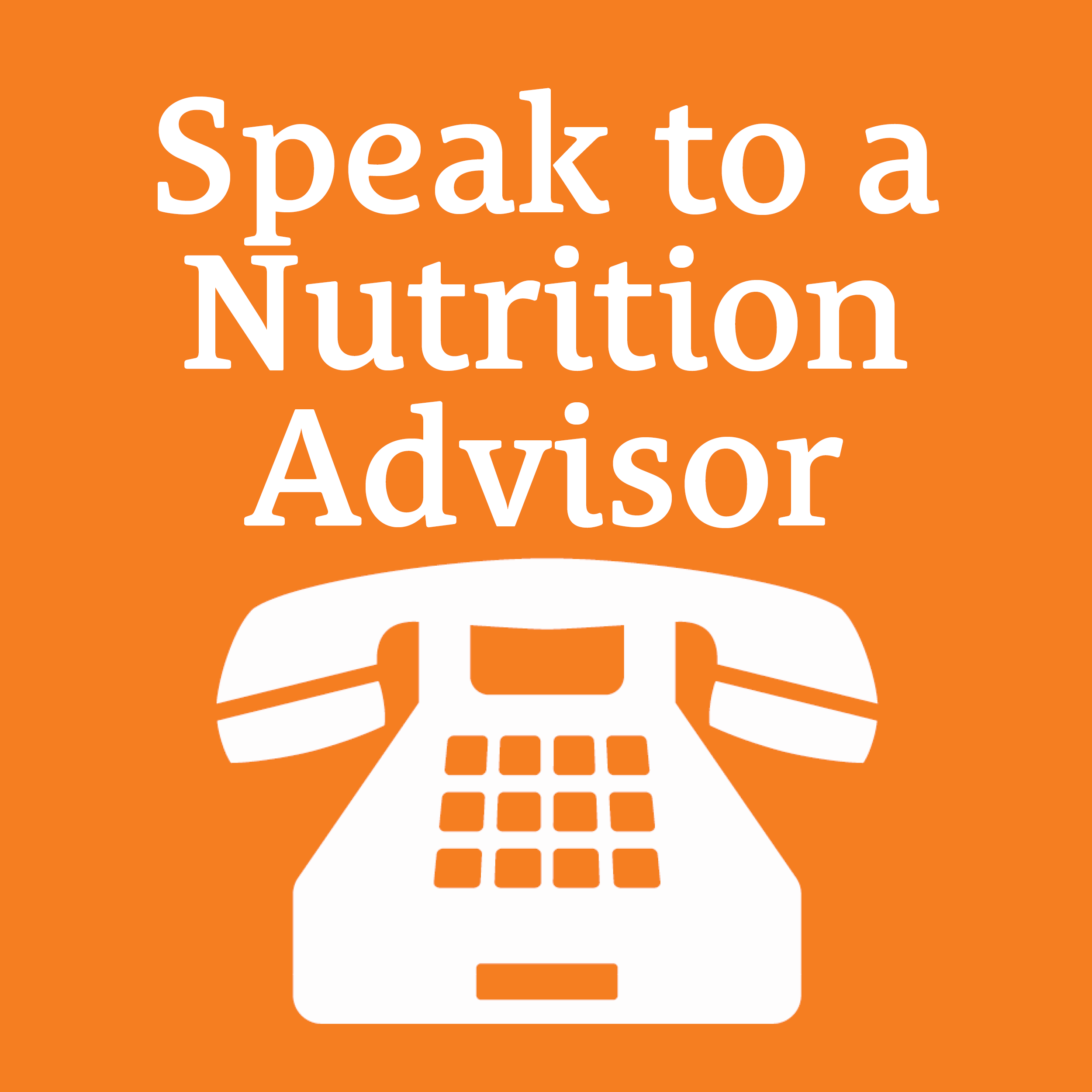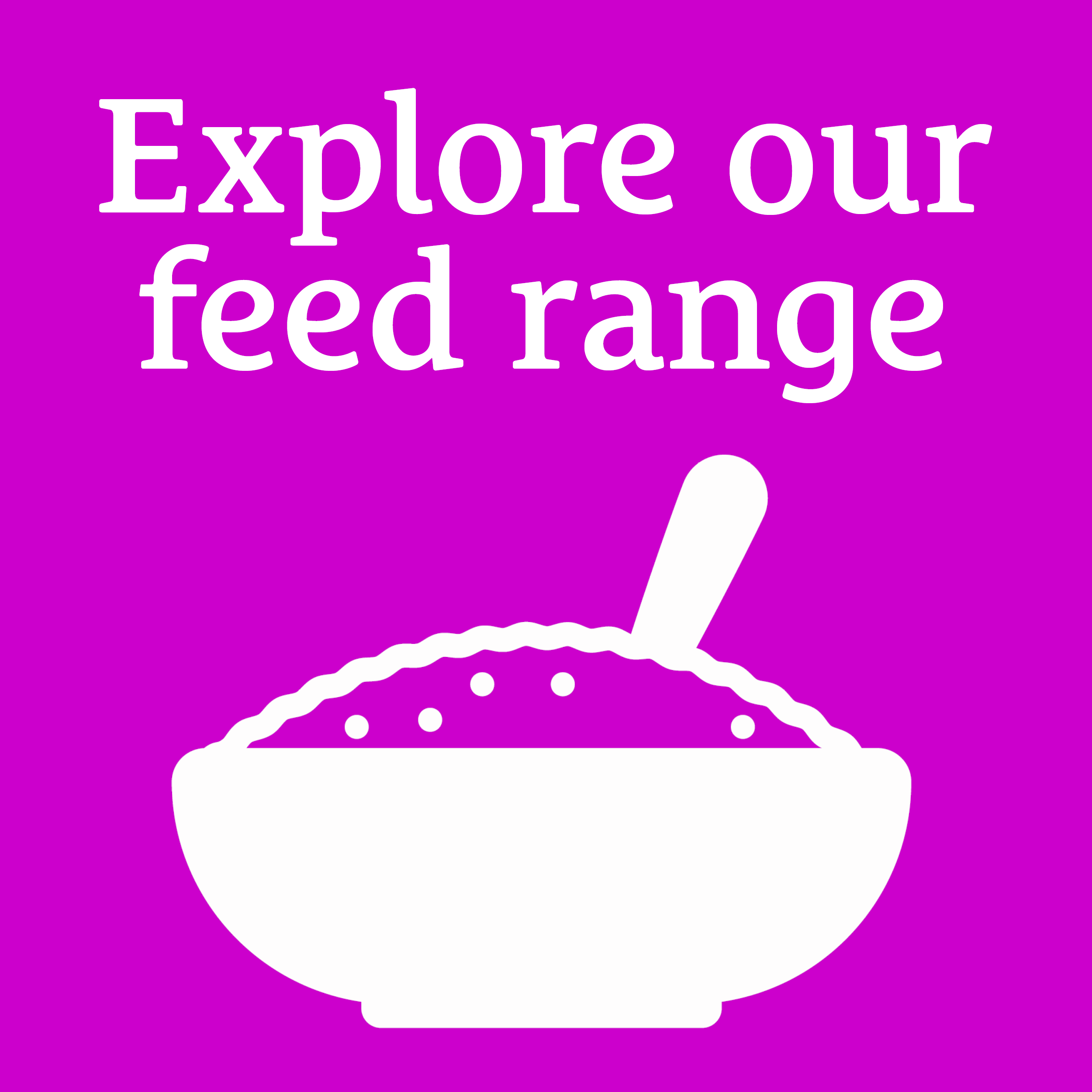Body condition scoring is a practical method of assessing external body fat (the fat you can see and feel as opposed to fat around the organs) using a numerical grading system. Several areas where fat is commonly laid down are assessed by eye and by touch using either a 0-5 or 1-9 scale.
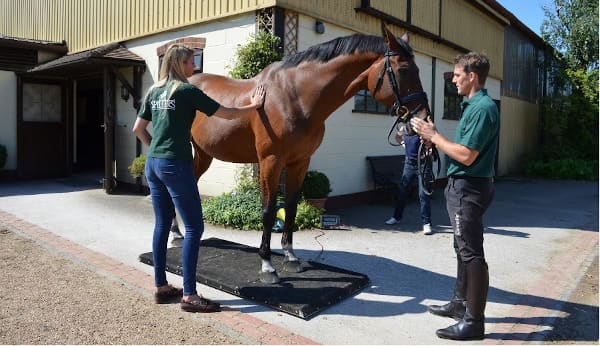
Which scale should you use?
We recommend using the more widely validated 1-9 scale but whichever system you choose, the most important thing is to apply it consistently.
What is the ideal body condition score (BCS)?
A score of 5 (moderate) on the 1-9 scale is generally considered ideal although this may sometimes vary between individuals – a score of 4-4.5 may be acceptable for a racehorse in full training for example. Seasonal fluctuations in weight are natural, particularly for natives. Provided they are otherwise fit and healthy, a BCS of 5.5 at the end of summer is generally considering acceptable for most leisure horses, whilst allowing good doers to slim down to a leaner score of 4.5 over winter months can help to prevent excess weight gain in the spring.

How to body condition score (BCS) your horse using the 1-9 scale
Start by making sure your horse stood as squarely as possible on a firm level surface. Score each of the 6 areas (neck, withers, shoulder, ribs, loins & tailhead) individually before taking an average to calculate your horse’s final score. Touch is very important so make sure you are not wearing gloves!
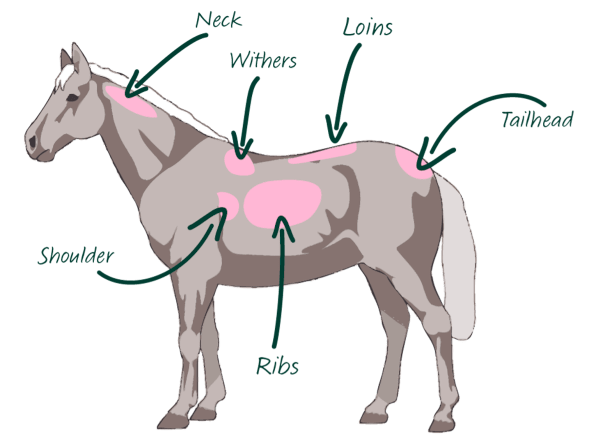
Watch our ‘how to BCS’ videos:
Introduction to BCS - https://www.youtube.com/watch?v=lgIe_v02ZMw(open in new tab)
How to BCS your horse – Neck: https://www.youtube.com/watch?v=o1-r_chyPiY(open in new tab)
How to BCS your horse – Withers: https://www.youtube.com/watch?v=1f5i3kJOLME(open in new tab)
How to BCS your horse – Shoulders: https://www.youtube.com/watch?v=8d9yn_GR6oY(open in new tab)
How to BCS your horse – Ribs: https://www.youtube.com/watch?v=fbBm7mZkl3Q(open in new tab)
How to BCS your horse – Loins / Back: https://www.youtube.com/watch?v=0SiH7JxBOik(open in new tab)
How to BCS your horse – Tail Head: https://www.youtube.com/watch?v=pCre1Z4cAi8(open in new tab)
The final score - https://www.youtube.com/watch?v=p-mI_aMyrJw(open in new tab)
Tips for improving consistency
- Body condition scoring is best carried out by the same person but getting a 2nd opinion from time to time may be helpful – staying objective when scoring your own horse can sometimes be difficult
- Always have the score descriptors on hand, even if you have a lot of experience
Muscle vs. fat
It’s important to remember that body conditioning scoring is an assessment of fat, not muscle which means it’s possible for horses to have a health BCS, despite being under-muscled. Fat can’t be converted to muscle so avoid over-feeding in an attempt to improve topline.
Differentiating between muscle and fat can sometimes be tricky, even for experienced owners. In general muscle feels firm and fat feels ‘spongey’ but a loss of muscle tone or ‘softer’ muscle in unfit or older horses may sometimes be confused with fat. Low muscle mass in older horses may be mistaken for a lack of fat covering.
Regional fat deposits
Like people, horses do not always lay down external fat in the same places. Once developed, a large crest may prove hard to lose, even if the horse or pony has an otherwise low BCS. Similarly, those with PPID may have large regional fat deposits in areas such as the crest or loin despite being thin overall. In these situations, body condition scoring systems should be used with caution – speak to a nutritionist for more advice.
Changes take time
Monitoring your horse’s BCS every two weeks will help you to keep track of gradual changes. However, it’s important to remember that it can take a number of weeks for changes in BCS to occur, especially overweight/ obese horses. If your horse needs to lose weight, try not to get too disheartened progress seems slow initially; he may still be losing internal fat (like people horses can fat on the inside as well as the outside!). In addition to BCS, try monitoring belly-girth weekly.
Scoring criteria by area
The neck
|
Score |
Score description |
|
1 |
Bone structure easy to see. No fatty tissue can be felt. |
|
2 |
Bone structure faintly noticeable. Slight fat covering. |
|
3 |
Bone structure not noticeable. Some Thin fat covering. Neck looks thin. |
|
4 |
Neck not obviously thin. |
|
5 |
Good fat covering. Neck blends smoothly into body. |
|
6 |
Some fat beginning to be deposited. |
|
7 |
Fat deposits along the neck. Crest forming. |
|
8 |
Noticeable thickening of the neck. Fat deposits along the neck. Crest enlarged. |
|
9 |
Bulging fat along the neck. Crest enlarged and thickened. Crest may droop to one side. |
The withers
|
Score |
Score description |
|
1 |
Bone structure easy to see. No fatty tissue can be felt. Withers accentuated. |
|
2 |
Bone structure faintly noticeable. Slight Minimal fat covering. |
|
3 |
Some Little fat covering. Bone structure still noticeable. Withers still accentuated. |
|
4 |
Withers not obviously thin. |
|
5 |
Withers rounded over bone structure. |
|
6 |
Some fat beginning to be deposited. |
|
7 |
Fat deposits on the withers. |
|
8 |
Area along the withers filled with fat. |
|
9 |
Bulging fat on the withers. |
The shoulder
|
Score |
Score description |
|
1 |
Bone structure easily seen. |
|
2 |
Bone structure noticeable. |
|
3 |
Some fat covering. Shoulder still prominent. Bone structure still noticeable. |
|
4 |
Shoulder not obviously thin. |
|
5 |
Good fat covering. Shoulder blends smoothly into body. |
|
6 |
Some fat beginning to be deposited. |
|
7 |
Fat deposits behind the shoulder. |
|
8 |
Area behind shoulder flush with body. |
|
9 |
Extremely Fat Bulging fat. |
The ribs
|
Score |
Score description |
|
1 |
Ribs project prominently. |
|
2 |
Slight fat covering over ribs. Ribs easily seen. |
|
3 |
Some fat covering over ribs. Ribs still seen. |
|
4 |
Faint outline of ribs seen. |
|
5 |
Ribs cannot be seen. Can be easily felt. |
|
6 |
Good fat covering over ribs. Fat feels spongy to touch. |
|
7 |
Individual ribs can be felt. Noticeable fat filling between ribs. |
|
8 |
Difficult to feel ribs. |
|
9 |
Obvious fat deposits over ribs. Ribs cannot be felt. |
The back
|
Score |
Score description |
|
1 |
Spinal processes very prominent. |
|
2 |
Slight fat covering over the bone. Spinal processes are still noticeable. |
|
3 |
Some fat covering. Spinal processes easily discernible. |
|
4 |
Negative crease along back. |
|
5 |
Back is level. Good fat covering. |
|
6 |
Slight positive crease down back. |
|
7 |
Positive crease down back. |
|
8 |
Obvious positive crease/ridge down back. |
|
9 |
Very prominent positive crease down back. |
The tailhead
|
Score |
Score description |
|
1 |
Tailhead very prominent. Individual vertebrae easily seen. Hips prominent. |
|
2 |
Tailhead prominent. Vertebrae noticeable. |
|
3 |
Tailhead is prominent. Individual vertebrae not seen. |
|
4 |
Tailhead not obviously thin. Fat can be felt. |
|
5 |
Good fat covering. Fat around tailhead feels slightly spongy. |
|
6 |
Some fat beginning to be deposited around the tailhead. Fat around tailhead feels soft. |
|
7 |
Fat deposits around the tailhead. Fat is soft. |
|
8 |
Obvious fat deposits. Fat very soft. |
|
9 |
Bulging fat around the tailhead. |
